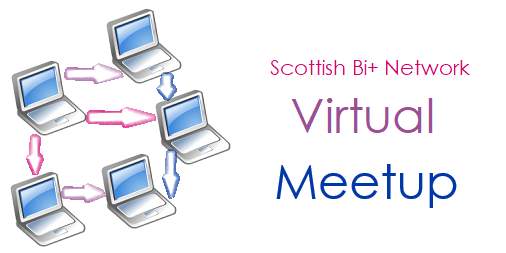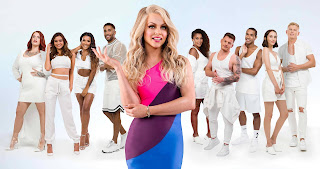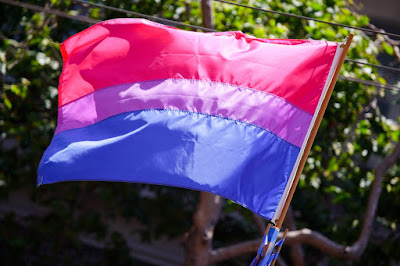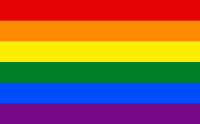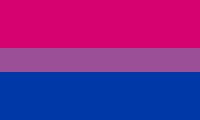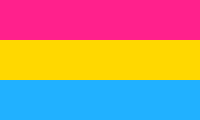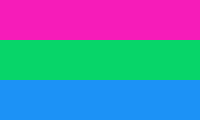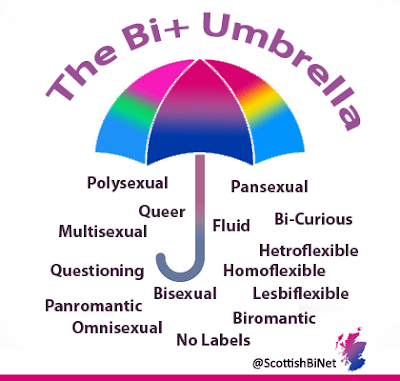Virtual Meetups
We are excited to announce that we are going to start running Virtual Meetups!
We are going to run them on the last Monday of every month, from 7pm – 9pm, through Telegram (for more information on installing and using Telegram, see their website https://telegram.org/ )
People will message us to register their interest, and invite links to the Virtual Meetup will be sent out by 6.30pm to give people time to register if necessary.
We are going to run them on a trial basis until the end of 2019, which will give us time to assess how effective they are.
What is a Virtual Meetup?
A virtual Meetup is a group chat at specific times where, in our case, bi+ and questioning people can chat to other bi+ and questioning people.
It offers a judgement free space where people can be themselves and talk about issues that are affecting them.
It runs at set times, and has at least one moderator.
Group rules can be found at the bottom of this page, and will be pinned at the top of each chat.
Who can benefit from Virtual Meetups?
Everyone!
It’s especially useful for those who aren’t yet fully out, or for those that prefer text chats over in person meetings.
Other factors like accessibility, caring commitments, and travel costs can be a barrier to people attending an in person meeting.
Also, it’s available to everyone across Scotland, even those that don’t have an in person bi+ support or social group near by.
What if I would like to meet other bi+ people in real life?
Bi & Beyond Edinburgh
www.facebook.com/biandbeyond
Social group that meets every first and third Wednesday of the month, 7pm – 9pm, LGBT Health & Wellbeing Centre, 9 Howe Street, Edinburgh.
Bi+ Glasgow (formerly Bi Scotland)
https://www.facebook.com/BiScotland
Peer support and social group, see Facebook page for more information
For general LGBT+ groups, including over 50s, trans and non-binary specific events, please visit LGBT Heath & Wellbeing’s event calendar:
https://www.lgbthealth.org.uk/whats-on/
What if I prefer to talk privately?
If you would rather talk one-to-one with a member of the Scottish Bi+ Network team, you can message us through Twitter and Facebook, or email us at contact@ScottishBiNet.org
We aim to answer all messages within 48 hours, but this is not always possible due to holidays.
My partner/friend/relative just came out as bi+ and I have questions – can I join the Virtual Meetup?
No.
The group is a safe space for those who are bi+ to talk about their experiences without judgement.
However, feel free to contact the Scottish Bi+ Network team with any questions you have, you can message us through Twitter and Facebook, or email us at contact@ScottishBiNet.org
We are in the process of putting together a guide about supporting a partner/friend/relative who has come out as bi+ and we will link it here as soon as it is finished.
Group Rules:
1. The group is only for bi+ people, and those who are questioning their attraction to multiple genders, who are over 18 years old.
2. This is a peer led group. It is not a therapy group nor a substitute for professional counselling or emergency services.
3. No discrimination of any sort will be tolerated.
4. Be respectful of other people’s pronouns, and personal identities. Just because you don’t agree with the use of a particular label, doesn’t mean that it isn’t useful for someone else.
5. What’s said in the group stays in the group. Don’t reveal any personal information about yourself, or others. That includes your full name, email, social media pseuds, phone number, and address.
6. This is not a place for finding dates!

